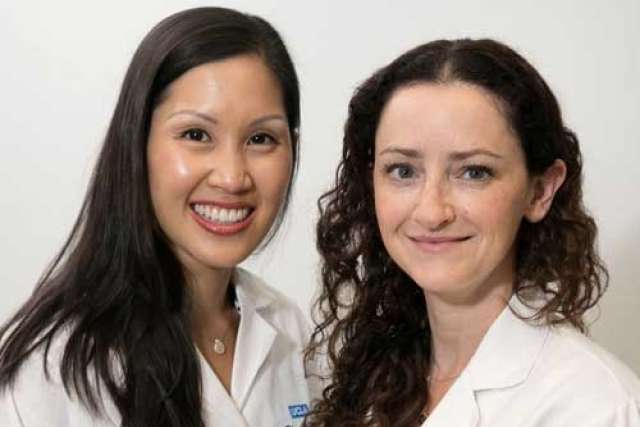Dear Doctors: What’s the best type of exercise? I’ve been reading that high-intensity interval training can actually slow down the aging process. Really? Why? I'm not too keen on this approach but I do walk at least a mile every day.
First, congratulations on exercising regularly. Last year 81 million Americans didn’t take part in any type of regular physical activity at all. That means that 27.5 percent of the population was sedentary. That’s terrible news because being active is an easy, affordable and effective way to maintain good health.
Our bodies change as we age. Cardiovascular capacity decreases, muscle mass is lost, and body fat increases. Decades of studies show that regular exercise can prevent and even reverse these trends. Staying active boosts the immune system, improves muscle tone and balance, enhances cognitive function, improves the quality of sleep, and has a positive effect on mood.
Now, a new study published in the journal Cell Metabolism adds a bit of a twist. While any amount of exercise beats sitting on the couch, a specific kind, known as high-intensity interval training, or HIIT, appears to change the body at a cellular level. Specifically, this type of exercise affects the mitochondria, which are structures within cells that make energy available to the body.
As we get older, the ability of mitochondria to generate energy decreases. HIIT reverses this trend by making mitochondria more efficient. Even more interesting, the older individuals in the study who took part in HIIT had a measurably larger increase in mitochondrial function than did the younger ones. The younger group had a 49 percent increase in mitochondrial capacity. The older group of participants showed a whopping 69 percent increase.
So what is high-intensity interval training? It’s a brief workout performed several times per week. HIIT alternates bursts of intense exercise, during which muscles use more oxygen than the body has available, known as anaerobic exercise, with periods of slower activity in which the oxygen debt is repaid. Often it can be done at home with little or no specialized equipment. We recommend doing some reading and, of course, checking in with your primary care physician, before you begin. In basic terms, HIIT goes roughly like this:
- Start with a three-minute warm-up, like jumping jacks or jogging in place. Don’t rev up your heart rate just yet.
- For the next 30 to 40 seconds, perform a high-intensity move such as scissor kicks, squat thrusts, lifting weights, or running at a fast pace.
- Slow down with 20 seconds of low- to medium intensity activity.
- Rest for 30 seconds, walking and breathing deeply, to recover.
- Start the cycle again. Continue for 10 to 20 minutes.
Does HIIT slow the aging process? That depends on what you mean by aging. Yes, this study shows that in terms of mitochondrial efficiency, the clock can be turned back. But whether this translates into longevity remains to be seen. Still, in terms of potential health benefits, finding a way to make peace with your aversion to high-intensity interval training could be a worthwhile goal.
Eve Glazier, MD., MBA, and Elizabeth Ko, MD., are internists at UCLA Health. Dr. Glazier is an associate professor of medicine; Dr. Ko is an assistant professor of medicine.
Ask the Doctors is a syndicated column first published by UExpress syndicate.





